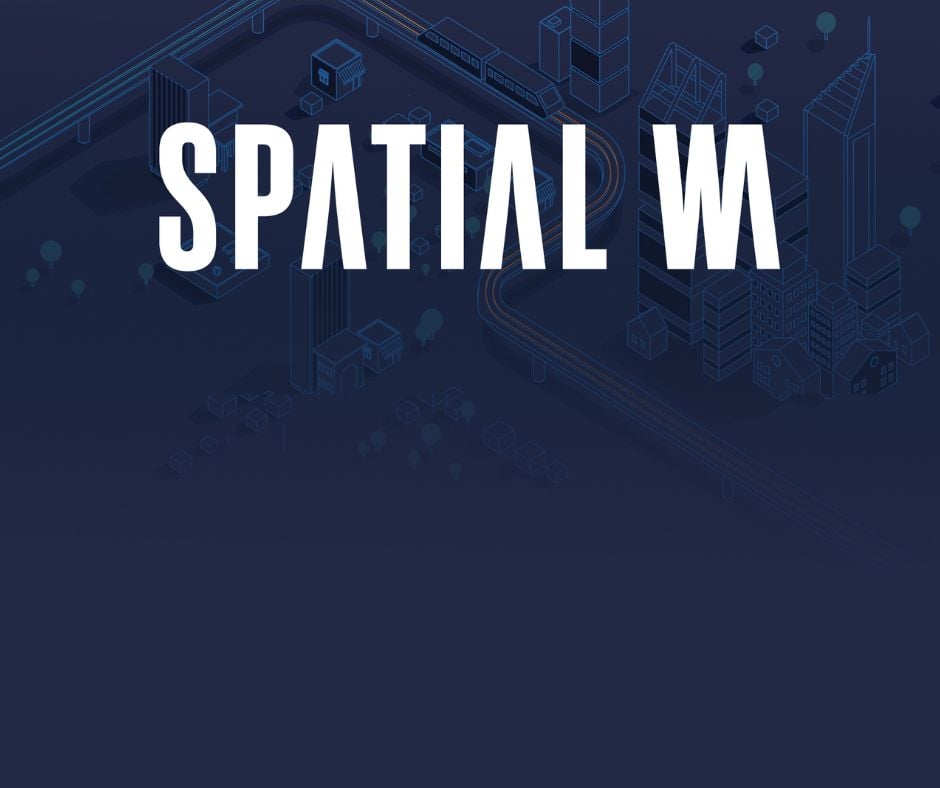Landgate is taking part in a national project to monitor and measure the impact of seismic activity in the South West and Wheatbelt regions of Western Australia.
Working in collaboration with Geoscience Australia, this long-term project collects a range of data which will add to a national bank of information about the nature and extent of seismic activity.
Whilst Australia is a relatively stable land mass and movements tend to be slow and small, the project monitors the South West and Wheatbelt regions and townships like Burakin and Katanning, which have historically experienced the most seismic activity in the State.
The project involves collecting Global Positioning System (GPS) data over two networks of 'ground-marks' which are affixed to solid rock. Each GPS instrument accurately measures the current position of the mark and when compared with the previous position, gives a measurement of deformation to the Earth's crust.
The South West network consists of 48 ground-marks and covers most of the southern half of the Wheatbelt. This survey was completed in early May. The survey of the Burakin network, consisting of 42 ground-marks, will be conducted between 21 – 31 May 2012.
Landgate Chief Geodetic Surveyor Ken Leighton said the project was unique because of the large number of GPS receivers simultaneously collecting data over the same period of time.
"By having the instruments collecting data every second of the day for seven days means we get incredibly accurate data from which we can detect very small movements in the Earth's crust," said Mr Leighton.
"The success of this project is due to the collaboration between Landgate and several rural communities. Many of the survey sites are located on private properties and landowners have shown a keen interest in being involved and in the potential outcomes."
Landgate Chief Executive Mike Bradford said Landgate was well placed to carry out the project due to its experience in delivering geodetic, topographic and cadastral control survey programs.
"We are responsible for the geodetic framework in Western Australia, which is the foundation of all spatial data in the State. Our people have the expertise to ensure the successful implementation of this project and ensure the integrity of the data collection," said Mr Bradford.
"The long-term outcomes from this project will provide Geoscience Australia with a clearer understanding of the impact of seismic activity across Australia."
The GPS equipment used in the project is funded through a Commonwealth Education Investment Fund initiative which has established the AuScope Australian Geophysical Observing System.
The Western Australian contribution to the project is the final component of a national program which includes similar seismic survey networks in Victoria and South Australia. Similar monitoring projects were conducted in 2002 and 2006.
Landgate is Western Australia's primary source of land information and geographic data, providing the accuracy government, business and individuals rely on.
Phone: +61 (0)8 9273 7564
Email: Phillip.Rowell@landgate.wa.gov.au


